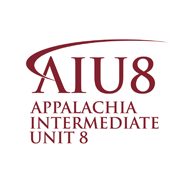“OMG, Have You Seen This?” Determining if an Article is Worth Sharing on Social Media
(View Complete Item Description)According to a 2016 study, over 60% of U.S. adults get news from a social networking site. These numbers are even higher if you focus solely on Millennials. Millennials are people who reached young adulthood in the early 2000’s. A 2015 report suggests that 88% of Millennials get their news from Facebook. This seminar will show you how to sort through the hundreds of posts you read each day to determine what is factual information that is worthy of sharing with your friends.StandardsCC.8.5.9-10.D Determine the meaning of words and phrases as they are used in a text, including vocabulary describing political, social, or economic aspects of history/social scienceCC.8.5.11-12.H Evaluate an author’s premises, claims, and evidence by corroborating or challenging them with other information.
Material Type: Lesson Plan




















